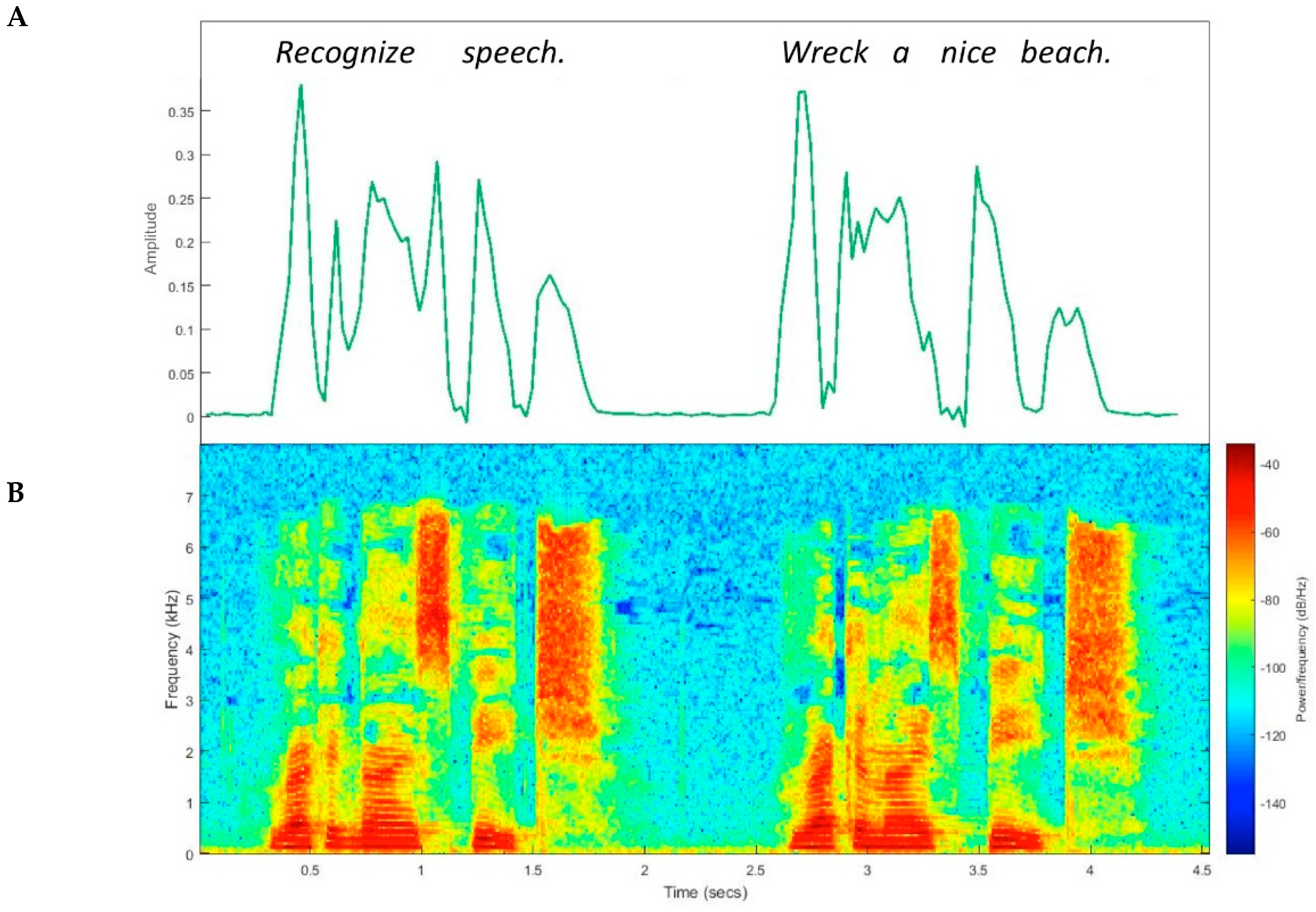

Most TTS plugins use an embedded audio player, at the top of each post, that loads an audio version of the article. Publishers, such as the Wall Street Journal and Bloomberg, are using TTS to convert their web-based articles into audio.

assistants for some time (think Apple Maps). TTS has been used in customer services and in early A.I. These are then used to reproduce audio using the voice’s unique characteristics.

Human-read voice data is used to create neural nets that clone the fabric of a person’s voice. TTS voices are machine learning models trained from human speech. Synthetic voices are replacing human-read audio and helping publishers increase engagement with their content reaching audiences when on the move. Gone are the days when TTS could be overlooked based on its ‘robotic-ness’. We have the answer! Text-to-speech (TTS) has come a long way in the last couple of years as writers, marketers, journalists, and educators realize the benefits of delivering audio formats to their readers. What’s the best way to create audio versions for a WordPress site?


 0 kommentar(er)
0 kommentar(er)
